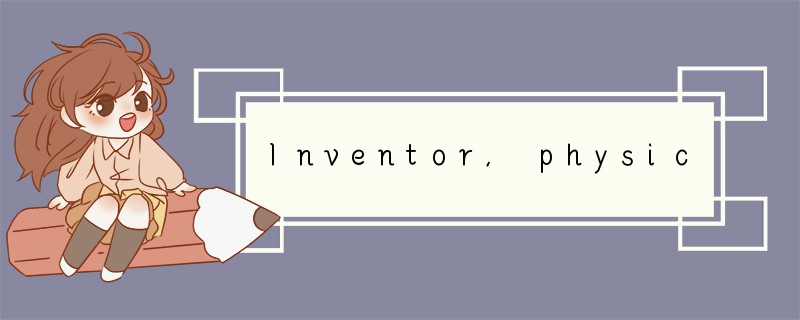Inventor, physicist, surveyor, astronomer,
时间:2025-02-13 08:12:46 栏目:学习方法
题目内容:
Inventor, physicist, surveyor, astronomer, biologist, artist… Robert Hooke was all there and more.
Some say he was the greatest experimental scientist of the 17th century. In the course of his work, he
cooperated with famous men of science like Isaac Newton, and the great architect, Christopher Wren.
Hooke's early education began at home, under the guidance of his father. He entered Westminster
School at the age of 13, and from there went to Oxford, where he came in contact with some of the best
scientists in England. Hooke impressed them with his skills at designing experiments and inventing
instruments. In 1662, at he age of 28, he was named Curator of Experiments at the newly formed Royal
Society of London- meaning that he was responsible for demonstrating(展示) new experiments at the
society's weekly meeting. Hooke accepted the job, even though he knew that the society had no money
to pay him!
Watching living things through a microscope was one of his favourite pastimes(消遣). He invented a
compound microscope(显微镜) for this purpose. One day while observing a cork(软木塞) under a
microscope, he saw honeycomb-like structures. There were cells -the smallest units of life. In fact, it was
Hooke who invented the term "cell" as the boxlike cells of the cork reminded him of the cells of a
monastery(修道院).
Another achievement of Hooke's was his book Micrographia, which introduced the enormous
potential(潜力) of the microscope. It contains fascinating drawings of the thing he saw under the
microscope. The book also includes, among other things, ideas on gravity, light and combustion(燃烧)
that may have helped scientists like Newton when they were developing their own theories on these
phenomena(现象).
Hooke made valuable contributions to astronomy too. A crater(火山口) on the moon is named after
him in honour of his services to this branch of science.1. We can infer from paragraph 2 that Hooke is ____________.A. friendly
B. sociable
C. creative
D. helpful2. Which is the possible reason why Hooke accepted the job as Curator of Experiments?A. He liked designing experiments.
B. His family needed his support.
C. He wanted to please the famous scientists in England.
D. His parents couldn't afford his education.3. The cell got its name because of __________.A. its use
B. its shape
C. Hooke's favourites
D. Hooke's experiences4. Which of the following is true according to the text?A. Hooke went to Oxford in 1645.
B. Hooke was well paid in the Royal Society of London.
C. Hooke made a contribution to medicine.
D. Hooke's book Micrographia may have helped Newton.5. The last paragraph is to prove that _____________.A. Hooke was the greatest experimental scientist of the 17th century
B. Hooke was good at making discoveries
C. Hooke's contributions were not limited to one field
D. Hooke was one of the greatest astronomers
最佳答案:
1-5: CABDC
答案解析:
该题暂无解析
考点核心:
人物传记类文章的文体特征:
人物传记是记叙文体的一种,主要描写某人的生平事迹、趣闻轶事、生活背景、个性特征、成长奋斗历程等,包含记叙文的时间、地点、人物、事件等要素。其特点是以时间的先后或事件的发展为主线,空间或逻辑线索贯穿文章始终,脉络清楚,可读性较强。
版权声明:
1、本文系转载,版权归原作者所有,旨在传递信息,不代表看本站的观点和立场。
2、本站仅提供信息发布平台,不承担相关法律责任。
3、若侵犯您的版权或隐私,请联系本站管理员删除。
4、本文由会员转载自互联网,如果您是文章原创作者,请联系本站注明您的版权信息。

 订阅
订阅